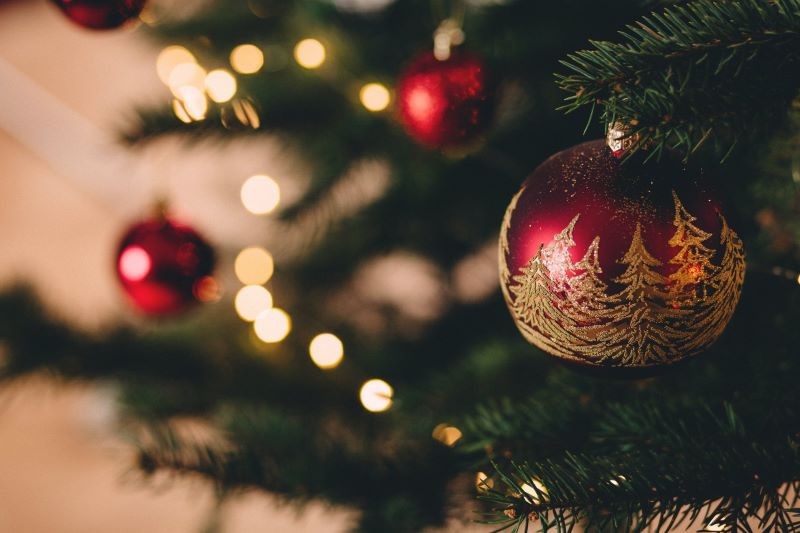Glass ornaments have been used for centuries to decorate Christmas trees and add a touch of elegance to the holiday season. From intricate designs to classic bulbs, glass ornaments have evolved into a collector’s item for those seeking rare and vintage pieces from around the world. These delicate trinkets hold fascinating stories that shed light on their origin, craftsmanship, and historical significance.
The Artistry and Craftsmanship of Glass Ornaments
One of the most notable types of glass ornaments is the figural ornament. Figural ornaments were first introduced in the late 1800s in Germany, where they were crafted by hand from blown glass. Each ornament featured a different character, animal, or object, such as a Santa Claus, angel, or fruit. These ornaments quickly became popular, and their demand grew with the production of molds that allowed for faster and more efficient ornament-making.
One of the most sought-after figural ornaments is the Kugel ornament. These glass balls were originally made in Germany in the mid-19th century and were often used as decorations for festive occasions, such as weddings and fairs. Kugel ornaments were made by blowing molten glass into a metal mold, which gave them their distinctive shape. The glass was then coated with silver or other metals, which added to their decorative appeal.
Another popular type of glass ornament is the blown-glass teardrop. This type of ornament originated in Italy in the early 1900s and was often used to decorate chandeliers and mirrors. The teardrop shape was achieved through the use of a blowpipe, which allowed the glassblower to shape the ornament while it was still hot and pliable. The teardrop shape remains popular today, with many modern designers creating their own takes on this classic style.
Glass icicles are another popular type of ornament that can be found in many collections. These ornaments were first introduced in the early 20th century and were modeled after real icicles. They were made by pulling molten glass into thin, delicate strands that were then shaped and cooled. Glass icicles added a touch of sparkle and magic to Christmas trees, and their popularity grew as more people began incorporating them into their holiday decor.
Today, glass ornaments continue to enchant collectors who seek rare and vintage pieces from around the world. Many collectors are drawn to the intricate designs and historical significance of these delicate trinkets. In addition, modern designers are creating new and innovative glass ornaments that incorporate traditional techniques with contemporary styles.
In conclusion, glass ornaments have a rich history that is intertwined with the traditions and celebrations of Christmas. From the figural ornaments of Germany to the teardrops of Italy, and the icicles of the 20th century, glass ornaments hold a special place in the hearts of collectors and holiday enthusiasts alike. The fascinating stories behind these delicate trinkets, their origin, craftsmanship, and historical significance, make them a collector’s dream and a timeless reminder of the magic and wonder of the holiday season.


